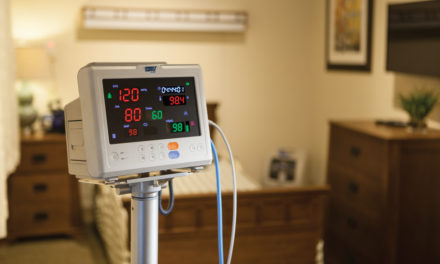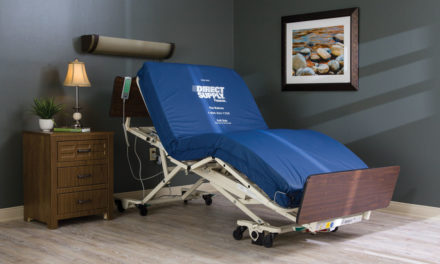Creating a safe, supportive environment is critical for patients navigating the complexities of mental health recovery. A healing environment goes beyond paint colors and lighting; it embraces trauma informed design principles, mental health interior design best practices and, crucially, the right behavioral health furniture.
The realities of implementation
Trauma informed design
Grounded in trauma informed design principles; a therapeutic environment reduces triggers and empowers patients. By acknowledging how colors, textures and layout affect stress levels (trauma informed environment), facilities can foster safety and autonomy.
Healing by design
Research shows that healing by design, integrating nature, comfort and privacy, speeds recovery and lowers behavioral health risks. From adaptive reuse projects that transform old schools into modern psychiatric hospital rooms to purpose-built behavioral health construction, the emphasis is on reducing institutional feel and increasing warmth.
Core elements of therapeutic furniture
Safety first – ligature-resistant products & behavioral safety products
Furniture for mental health settings must meet strict behavioral health furniture requirements, including ligature-resistant products and behavioral safety products. These components protect against self-harm without sacrificing comfort.
Comfort & function – behavioral health bed & seating
Specialized behavioral health beds designed for restraint reduction and soft-edge seating support patient mobility and dignity. Integrating mental health furniture that cushions rather than confines helps maintain a calm atmosphere.
Flexibility & adaptivity – modular pieces
Modular, lightweight therapeutic furniture can be reconfigured to accommodate group therapy one day and quiet reflection the next. This versatility aligns with behavioral health levels of care, from inpatient settings to behavioral assisted living.

Applying trauma-informed building design
Checklist for trauma informed building
- Visibility: Clear sightlines for staff without compromising privacy
- Control: Patient access to personal storage and adjustable lighting, creating a safe therapeutic environment
- Consistency: Durable finishes and ligature-resistant fixtures for predictable, calming surroundings
- Choice: A variety of seating options, from lounge chairs to reclining therapeutic sofas, allow personal preference
Mental health design trends
Biophilic elements such as indoor plants and natural materials reduce anxiety. Color psychology, soft blues and greens, supports relaxation.
Integrating behavioral health furniture in facility design
Behavioral health facility design
Work with a behavioral health design guide to ensure that all furniture, from psychiatric room tables to nursing station counters, meets JCAHO behavioral health standards. In modern psychiatric hospital layouts, thoughtfully placed furniture can delineate spaces for therapy, socialization, and solitude.
Adaptive reuse in mental health settings
Converting old office buildings into mental hospital rooms reduces cost and community stigma. Adaptive reuse projects can incorporate existing architecture while inserting healing spaces, fit with custom behavioral health furniture and mental hospital room layouts that prioritize natural light.
Best practices & next steps
- Audit your space: Use a trauma informed design checklist to assess risk points and comfort zones
- Engage stakeholders: Collaborate with clinicians, patients and occupational therapists when selecting behavioral health furniture
- Plan for scalability: Opt for modular, durable pieces that can adapt as your behavioral health levels of care evolve
- Measure & iterate: Track patient outcomes and feedback and refine your mental health interior design to enhance both safety and healing
The power of therapeutic furniture
Therapeutic furniture isn’t just décor; it’s a cornerstone of mental health recovery. From ligature-resistant products to modular seating that supports autonomy, each element of behavioral health furniture shapes the patient’s journey. By embracing trauma informed building design and the latest behavioral health design trends, whether in new behavioral health construction or adaptive reuse, you can create healing spaces that truly transform lives.
Ready to optimize your facility’s environment? Contact our team and start building a safer, more supportive environment today.





